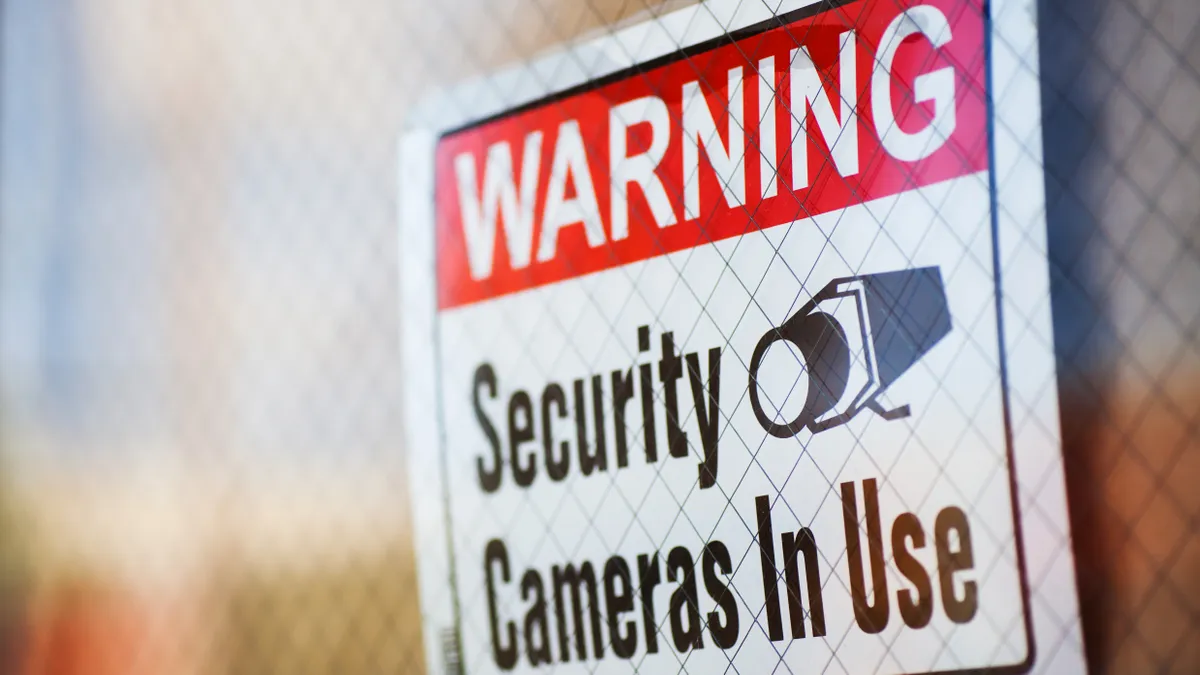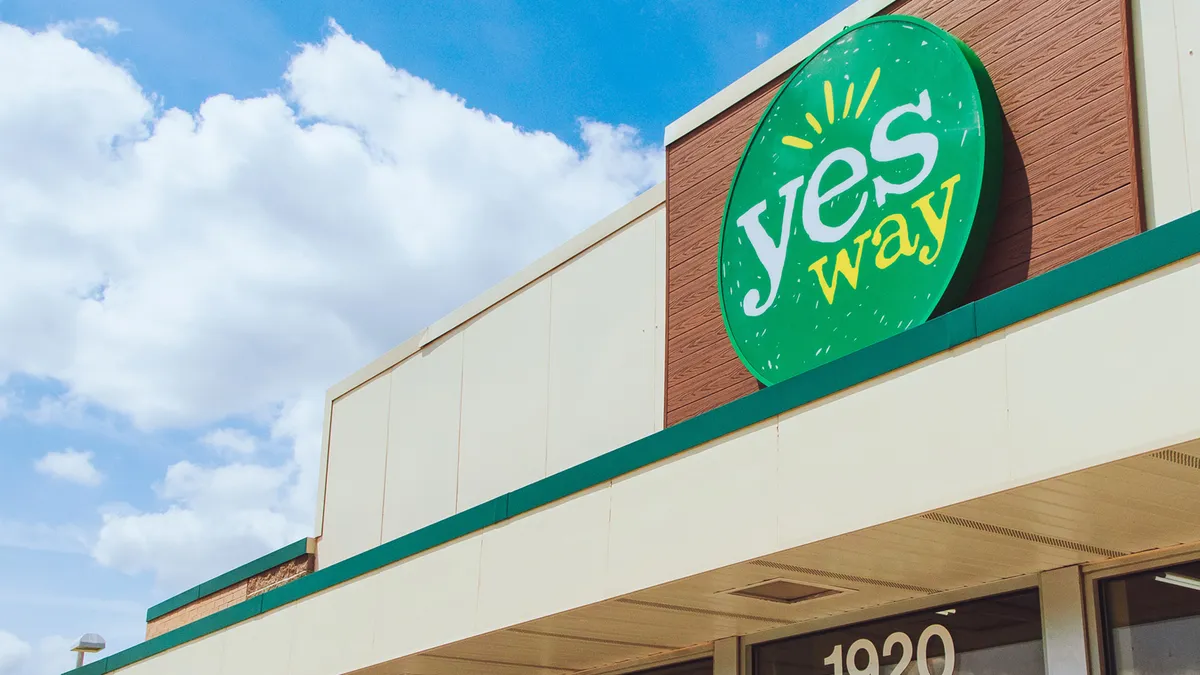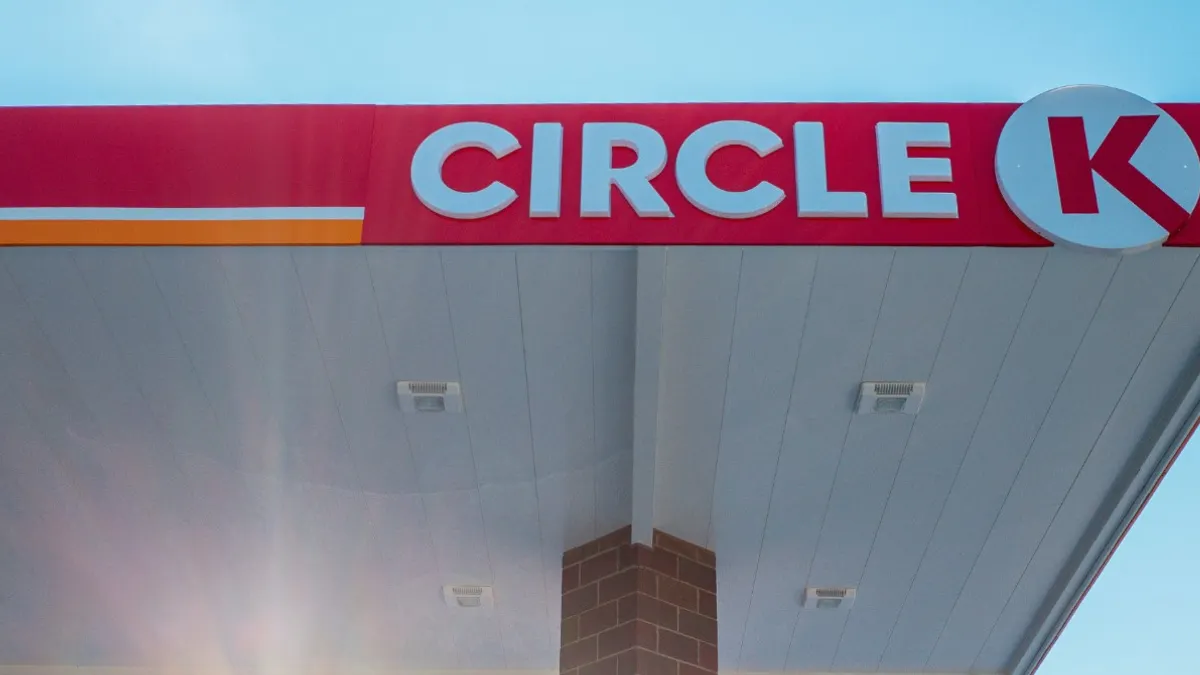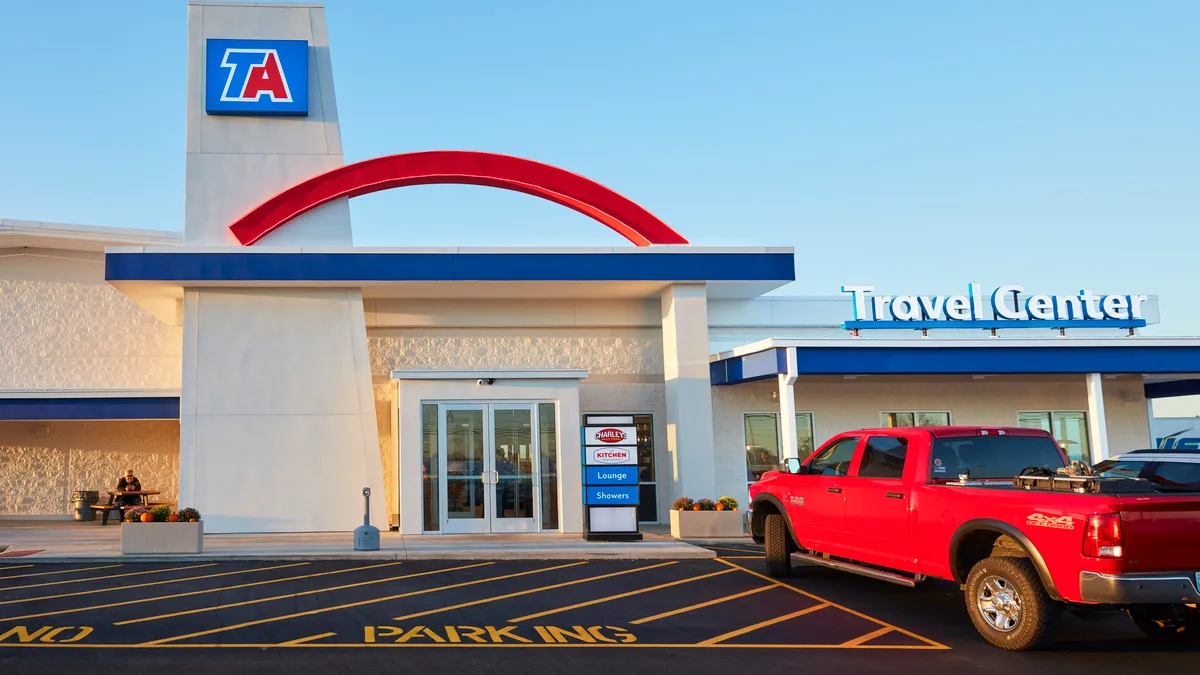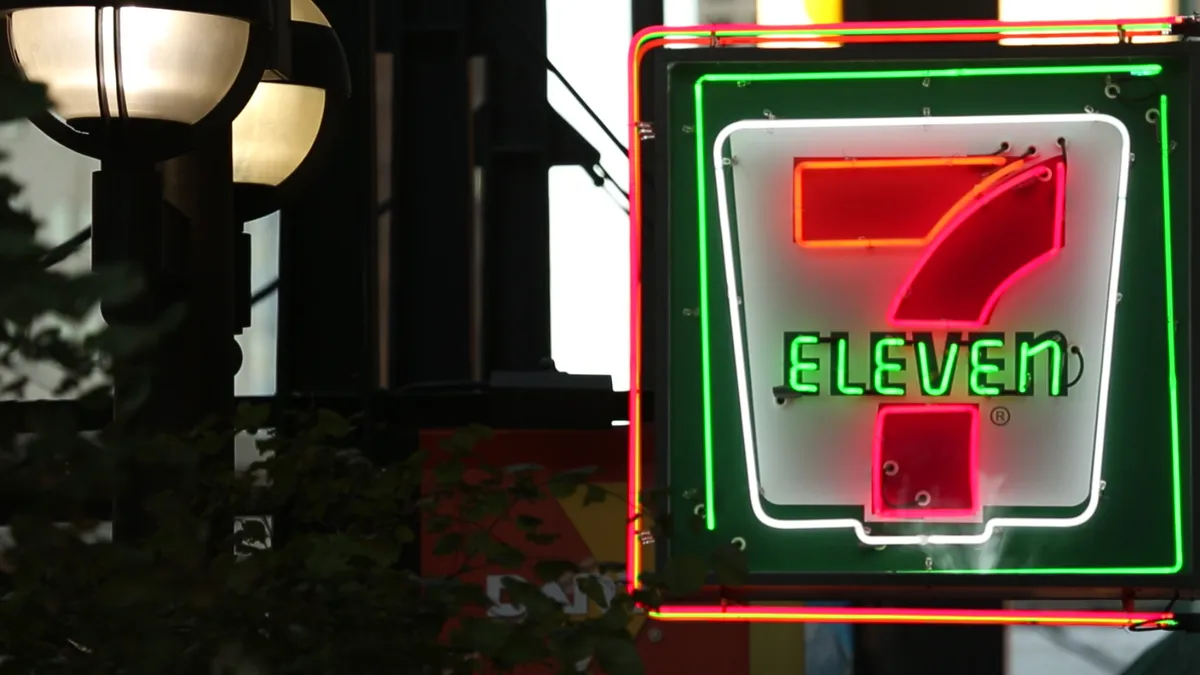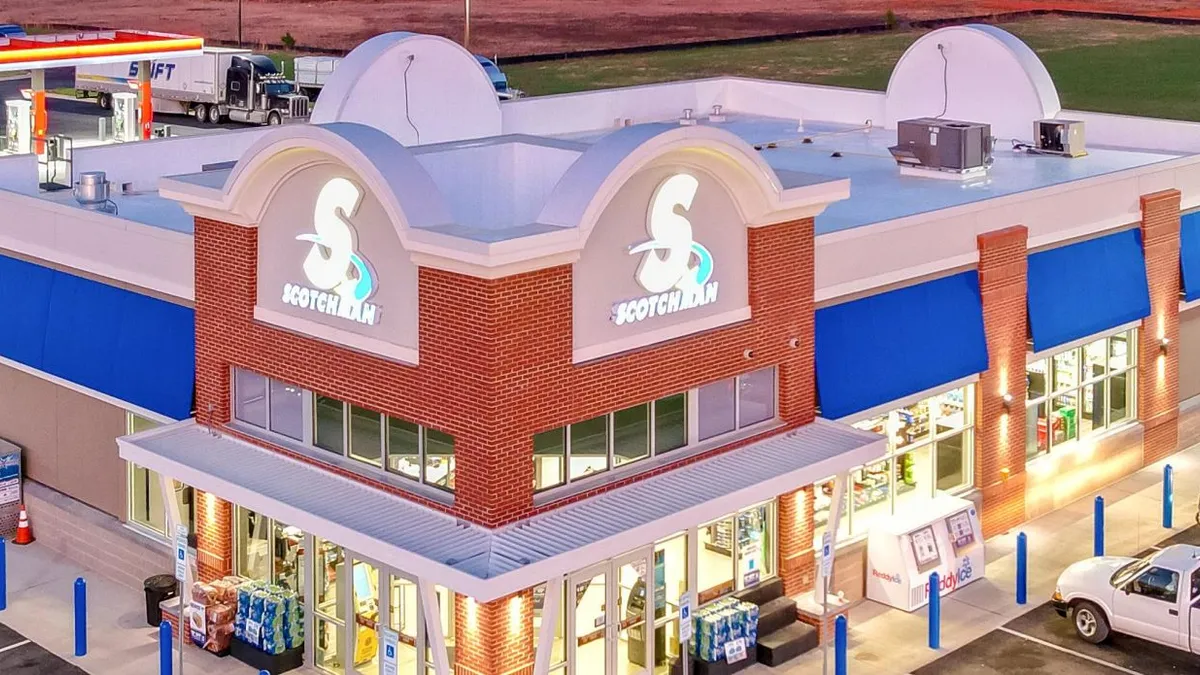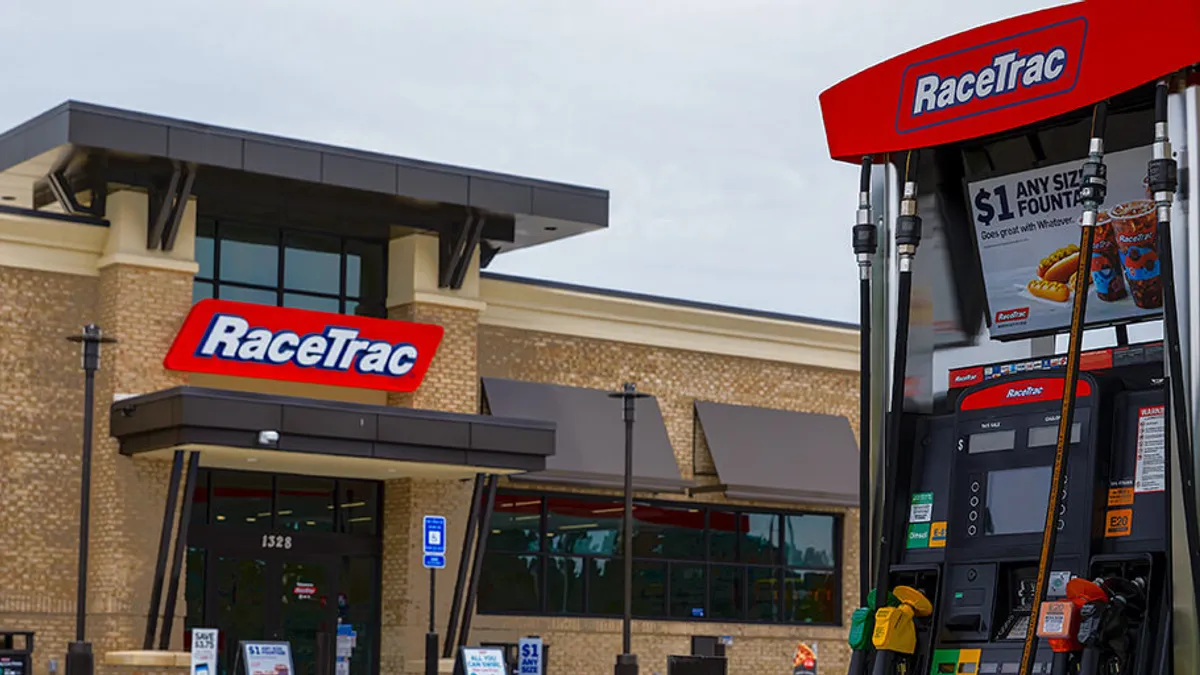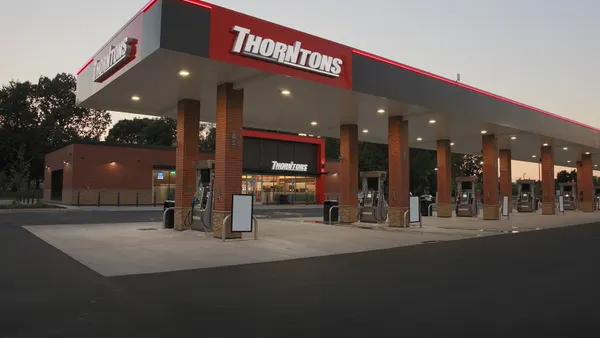Wawa has closed 11 stores in its hometown of Philadelphia since 2020. The culprit? Mostly, concerns about crime, according to local reports.
The share of burglaries that take place at c-stores and gas stations ticked up from 10.4% in 2023 to 10.5% in 2024, according to crime statistics from the Federal Bureau of Investigation. That rate seems to be holding steady so far this year, according to the FBI’s Crime Data Explorer.
Additionally, shoplifting was up 93% in 2023 across all retail sectors compared to 2019 and 73% of retailers reported that shoplifters have become more violent and aggressive, according to a 2024 National Retail Federation report.
To combat the persistent problem of crime and security, convenience store operators are using surveillance, especially video cameras, in multiple ways.
“People think having [security measures] gives the impression that this is an unsafe area and the inverse is true.”

Matt Kelley
Senior Vice President of Business and Market Development for LiveView Technologies
Babir Sultan made an extreme move several years ago to counteract crime in his three Fav Trip convenience stores in Missouri. If shoplifters managed to leave a store without being caught, Sultan said he later posted security videos of them stealing merchandise on YouTube. He said he quickly saw crime go “drastically down.”
He continues to post them.
Fav Trip stores each have 32 to 35 very high-resolution cameras “in every corner imaginable,” he said. “We try to figure out the blind spots.”
Breez-In, which operates six stores in Virginia, has cameras inside and outside its locations, including some cameras with 360-degrees visibility. The company also has license plate cameras in the forecourt. These all help it stay on top of multiple types of theft, said David M. Bogese, chief operating officer of the Prince George, Virginia-based company.
It’s important that the cameras be very visible, said Bogese, “to stop the problem before it starts.” And his 360-degree cameras are distinct so draw attention — they’re inside a dome and can scan the entire store.
Prioritizing monitoring
Cameras need to be “an overt presence” for c-stores, said Matt Kelley, senior vice president of business and market development for LiveView Technologies (LVT).
In fact, the remote security technology company’s research shows customers are willing to drive an extra couple miles to visit a convenience store experience they feel is safer.
“There’s that perception of control that an overt presence provides,” Kelley said. “I like to think of it as adding friction into the bad actor’s activity. They’re going to calculate what’s the likelihood of getting caught. If it’s higher at location A than B, then they’re going to go to Location B.”
Refuel, which has more than 240 stores in five states, uses CCTV systems, public view monitors and LVT surveillance units, which are trailers with a camera, strobe, light and audio. It prioritizes store monitoring in three primary zones: the forecourt, customer-facing sales floor areas and employee-only spaces.
“Each of these carries its own inherent risks, so we monitor them all closely,” said Wes Pate, Refuel’s vice president, loss prevention and risk management.
It’s not enough to just have the cameras, Kelley said; it’s important to include signage too.
“If you have a sign saying it’s monitored by security, then they notice the camera,” Kelley added. “If you put up a camera but don’t put up a sign, you’re missing an opportunity.”
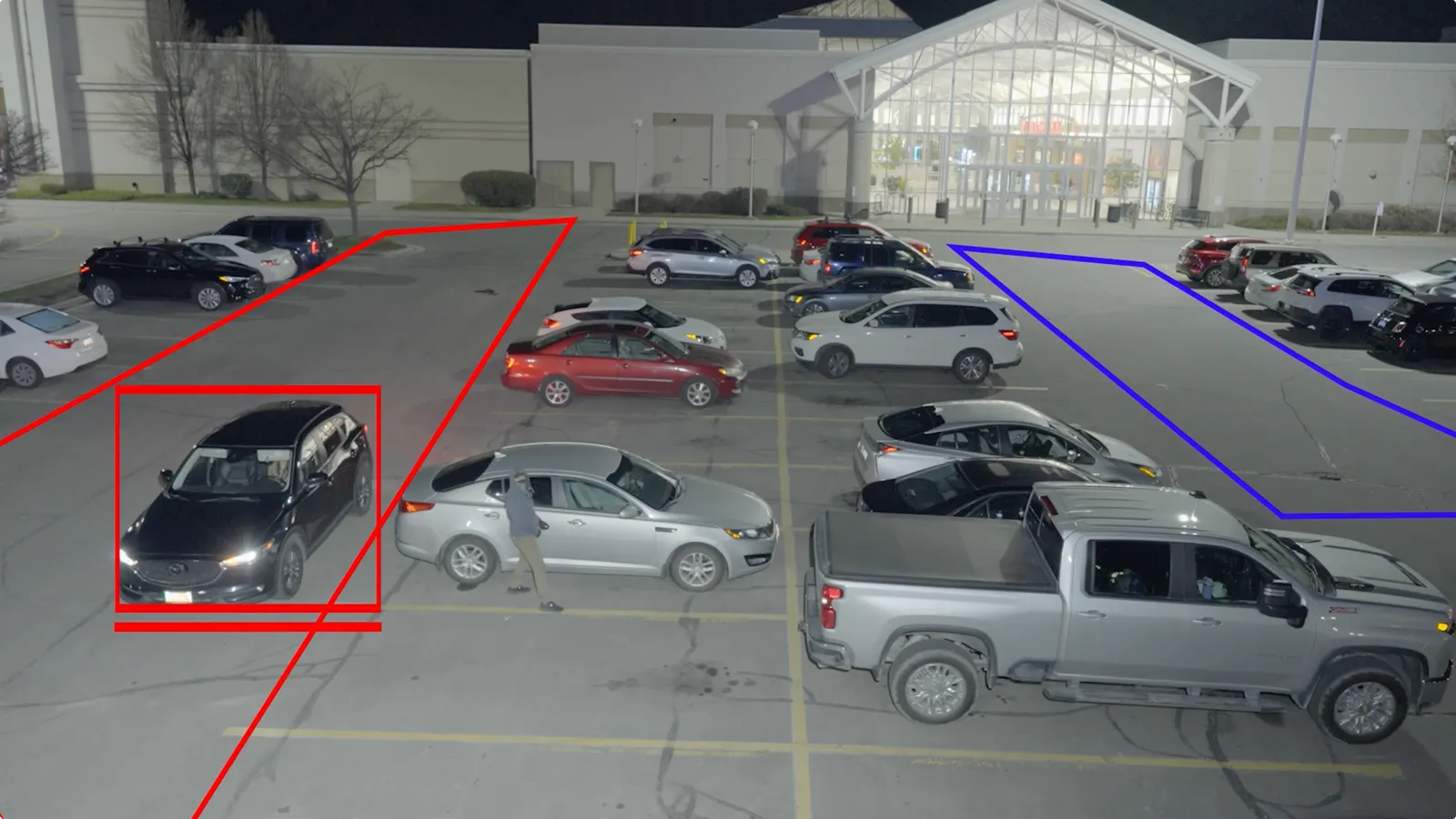
Taking an AI approach
While having cameras in the store can record crimes on the premises, or even catch people in the act if someone is monitoring the system, artificial intelligence can automate and enhance the benefits of surveillance systems.
For instance, LVT said its cameras can pick up on loiterers in a store and, after an amount of time, the devices will play an announcement asking them to move along.
The system can escalate its response if the person doesn’t leave, first with a soft blue and white pulsing light, then moving to red, white and blue lights that flash quickly and brightly. Users can also incorporate custom sounds if they prefer.
And while LVT’s cameras don’t use facial recognition, they can use clothing and vehicle recognition to alert store managers about potential criminals.
“People think having [security measures] gives the impression that this is an unsafe area and the inverse is true,” said Kelley. “By having a strong security posture it cleans up the environment and creates a more welcoming perception when you’re coming on site.”
Other technology does use facial recognition. At Fav Trip, Sultan has recently upgraded his surveillance system to incorporate AI technology that can detect suspected criminals if they enter the store a second time. The system alerts the store when these individuals enter, making it easier to catch them.
Retailers do need to be careful with AI technology, however. In 2023, Rite Aid was prohibited from using facial recognition for five years after its system was found to have been storing people’s images without their knowledge and flagging false positives.
In the c-store industry, Jacksons Food Stores was sued when customers said it was using facial recognition in Portland, Oregon, where the technology had been banned. Though the case was later voluntarily dismissed, the suit demonstrated the importance of understanding all applicable local laws and making sure any security system adheres to those strictures.
Refuel is testing an AI-powered CCTV platform that provides 24/7 monitoring of its cameras systems. If criminal activity happens, it triggers alerts, which are reviewed by a third party and sent to Refuel.
“That has helped us detect internal theft earlier and more frequently — even beyond traditional point-of-sale monitoring,” said Robert Leonard, senior manager of loss prevention and business continuity for Refuel. He noted the company is also exploring how this tool could help identify active threats in real time and potentially integrate with other systems.

